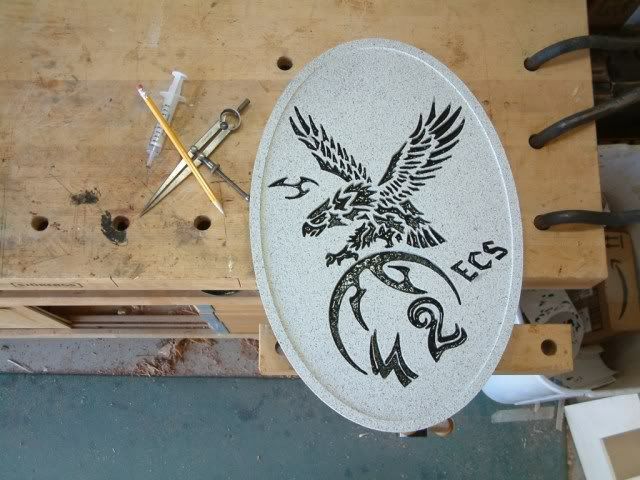"Door Grade" MDF will probably be the best bet. We get ours from Georgia Hardwoods in Atlanta, but I'm sure you have a supplier somewhere nearby. It can be a bit more pricey than your box stores, but it's worth it. It machines much, much better.
It also pays to put the primer to it, especially the opened edges and carved areas.



 Reply With Quote
Reply With Quote






